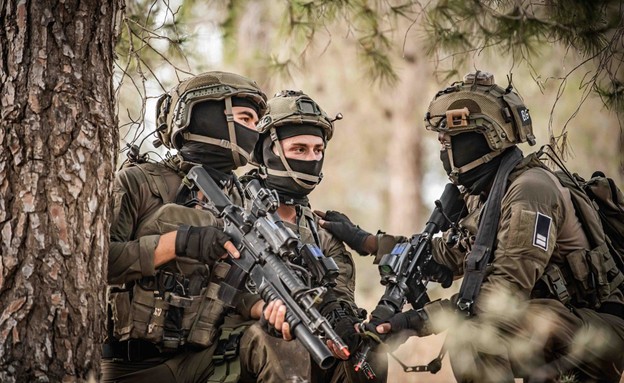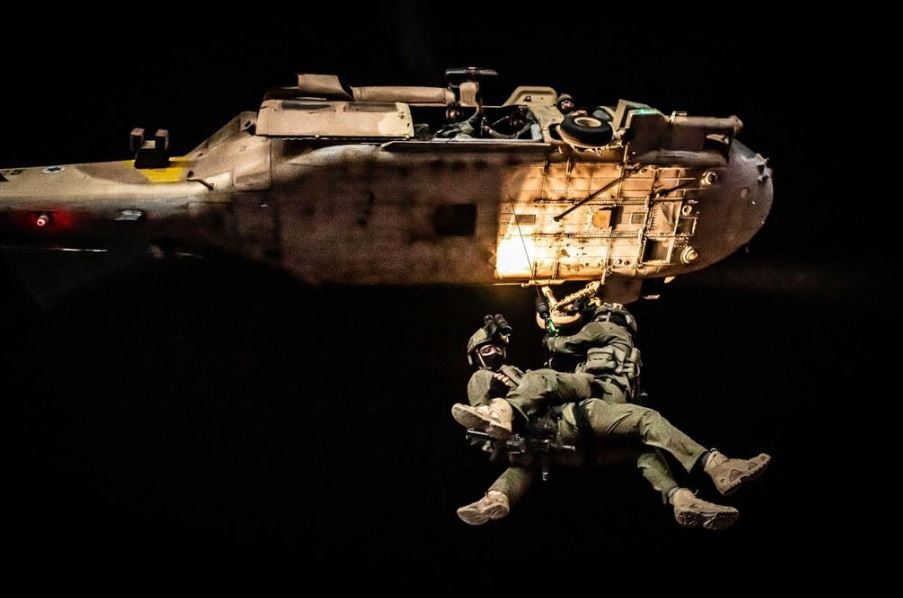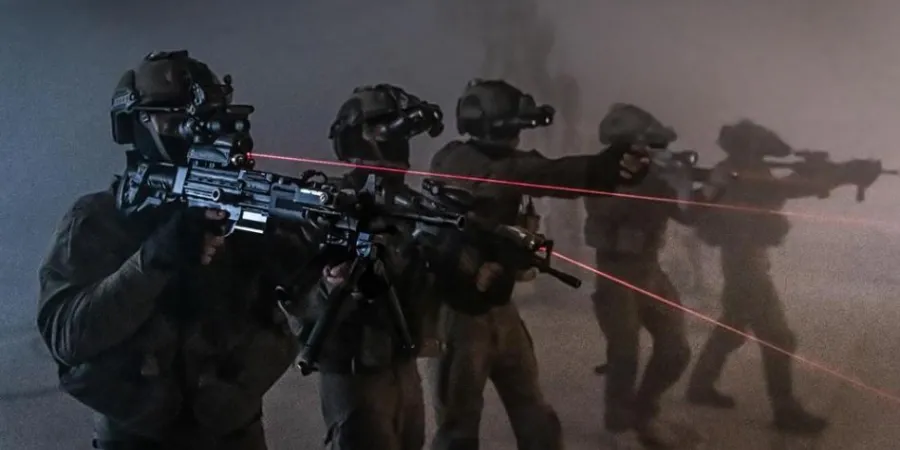IAF Sets Up Special Ops Wing to Heighten Effectiveness, Counter Increasing Threats
The move is seen as a reflection of the growing role of special forces amid the IAF's efforts to better prepare for the challenges of the future as the battlefield becomes more complex
IsraelDefense
| 13/07/2020
The Israeli Air Force has consolidated its elite units into a special operations wing in order to boost their effectiveness and enhance the IAF's aerial superiority.
The wing includes units such as the 669 search and rescue unit, the "Shaldag" special tactics unit, and the Frontal Landing Unit, which prepares areas for the landing of IAF aircraft. A training center for the elite troops will also be established.
The IDF Spokesperson's Unit said that the new wing was created in light of operational needs and the changing and increasing threats on different fronts as part of an overall process to strengthen and sharpen the operational effectiveness of the units.

In a ceremony on July 12 at the Palmachim base to mark the wing's establishment, Maj. Gen. Amikam Norkin, commander of the IAF, said “We are in times of regional change, with a global pandemic and a battlefield becoming more complex every day. Our commanders understood this change. This is the change that forces us to adapt ourselves, and to better prepare for the challenges of the future.”
Norkin said the enhanced capabilities will make the special forces more effective in combat, more influential on aerial superiority, and part of every process or scenario that takes place in the Air Force. He added that the creation of the wing marks the opening a new chapter in the history of the IAF's special forces.
The establishment of the wing marks the latest reorganization of IDF special operations units in recent years, such as the 2015 establishment of the Commando Brigade that brought together the Maglan, Duvdevan, and Egoz elite units.
It also comes as part of an overall process of increasing the power and effectiveness of the IAF amid growing threats and significant regional changes.

The move is seen as a reflection of the growing role of special forces amid the IAF's efforts to better prepare for the challenges of the future as the battlefield becomes more complex
The Israeli Air Force has consolidated its elite units into a special operations wing in order to boost their effectiveness and enhance the IAF's aerial superiority.
The wing includes units such as the 669 search and rescue unit, the "Shaldag" special tactics unit, and the Frontal Landing Unit, which prepares areas for the landing of IAF aircraft. A training center for the elite troops will also be established.
The IDF Spokesperson's Unit said that the new wing was created in light of operational needs and the changing and increasing threats on different fronts as part of an overall process to strengthen and sharpen the operational effectiveness of the units.

In a ceremony on July 12 at the Palmachim base to mark the wing's establishment, Maj. Gen. Amikam Norkin, commander of the IAF, said “We are in times of regional change, with a global pandemic and a battlefield becoming more complex every day. Our commanders understood this change. This is the change that forces us to adapt ourselves, and to better prepare for the challenges of the future.”
Norkin said the enhanced capabilities will make the special forces more effective in combat, more influential on aerial superiority, and part of every process or scenario that takes place in the Air Force. He added that the creation of the wing marks the opening a new chapter in the history of the IAF's special forces.
The establishment of the wing marks the latest reorganization of IDF special operations units in recent years, such as the 2015 establishment of the Commando Brigade that brought together the Maglan, Duvdevan, and Egoz elite units.
It also comes as part of an overall process of increasing the power and effectiveness of the IAF amid growing threats and significant regional changes.




